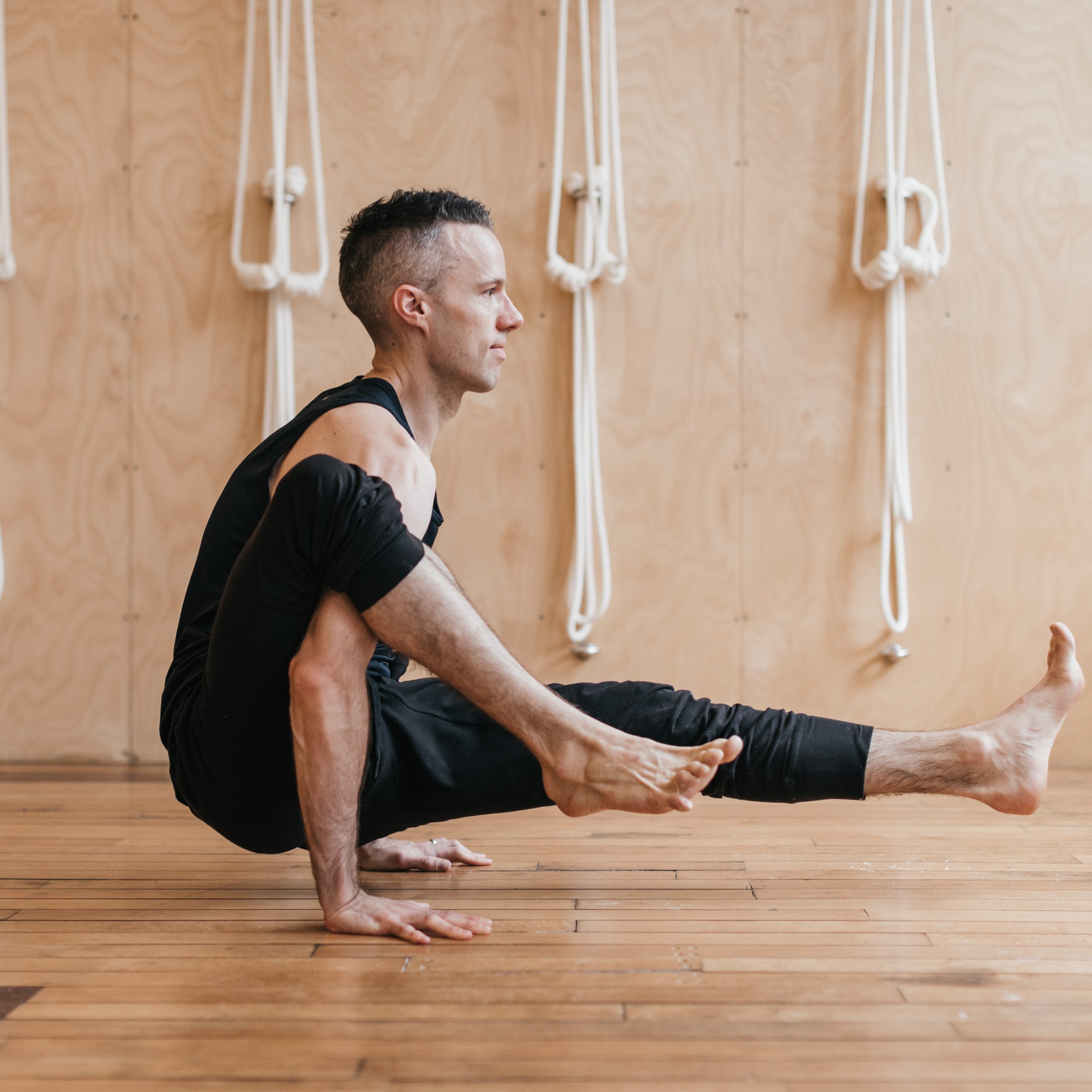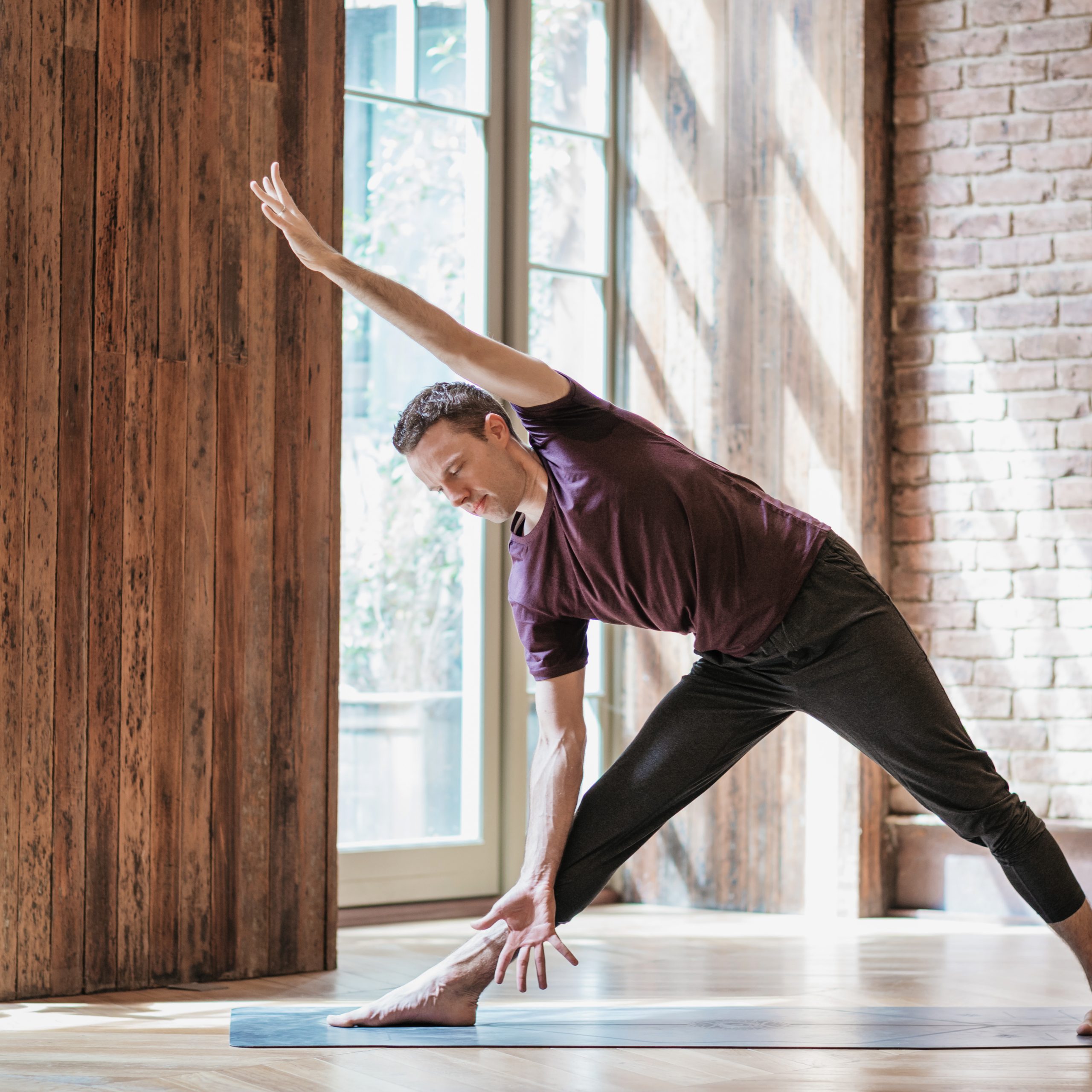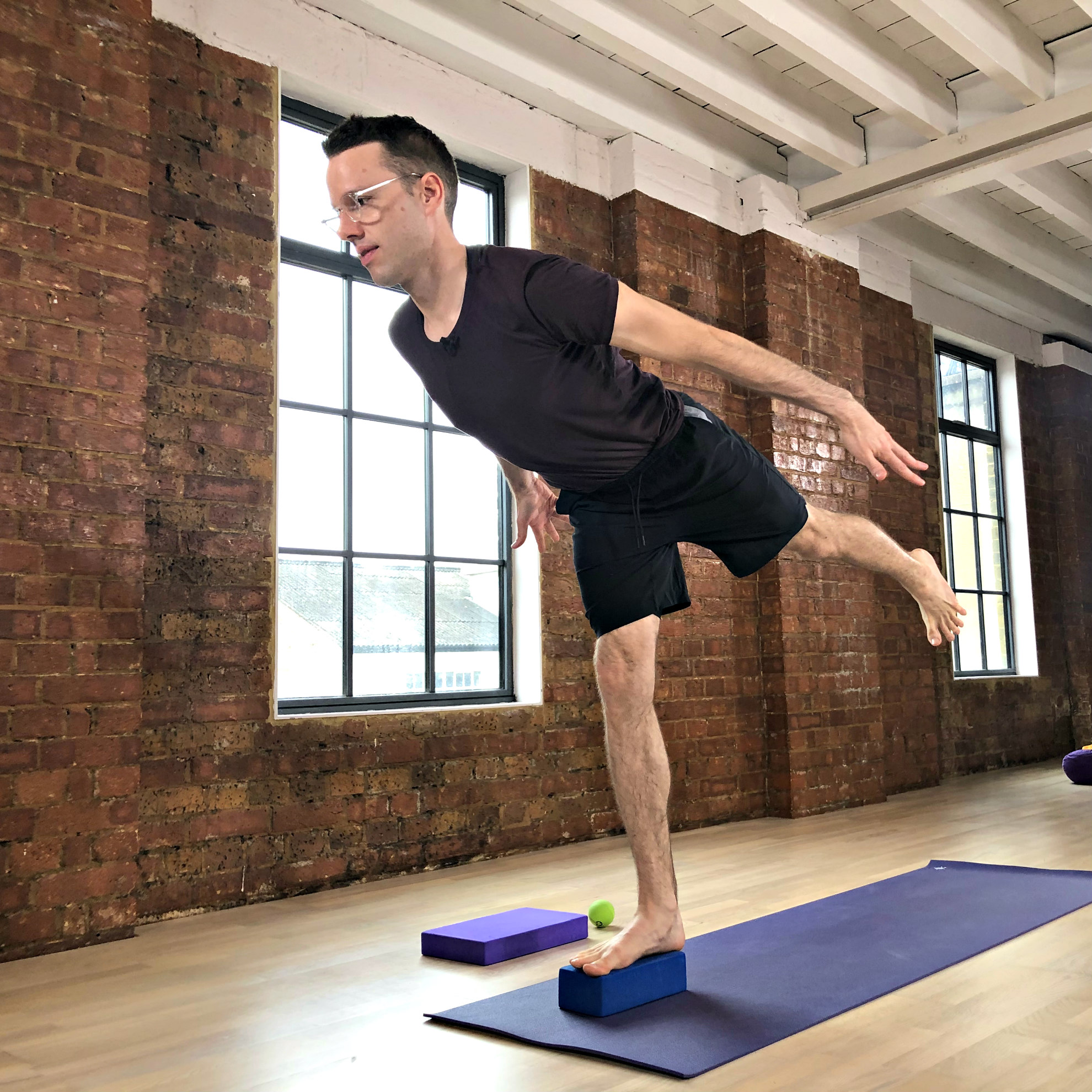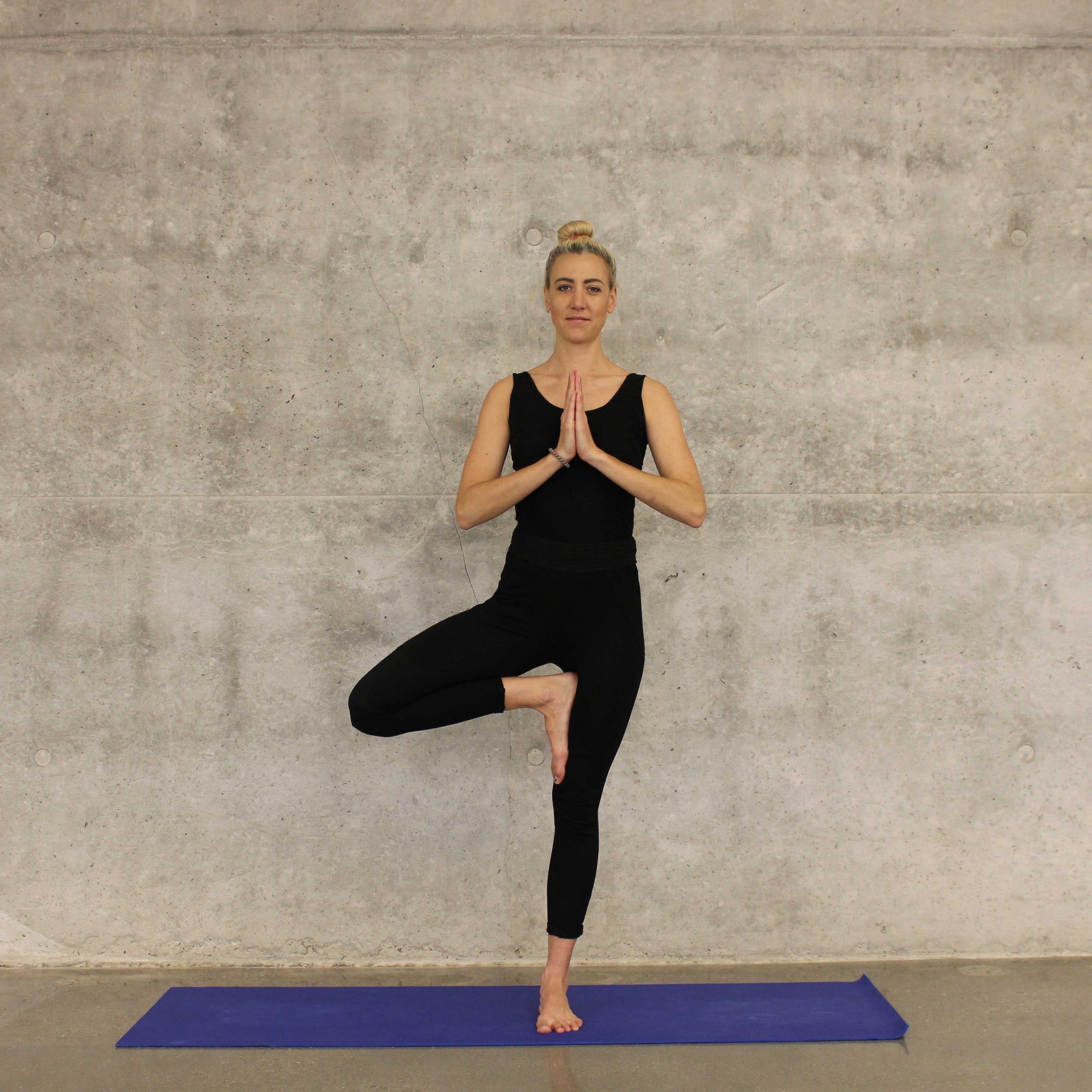6 Ways to Shake Up your Yoga Practice

It is not uncommon to get bored with your yoga practice, to feel like you are plateauing, or to lose a bit of your inspiration and drive. This is part of the journey of a lifelong practitioner and in lockdown, these hurdles might feel infinitely higher. Although yoga isn’t entertainment and us yogis need to learn to work with boredom, there are good reasons for your brain and body as to why you should introduce variety into your practice.
Neuroplasticity, or the forming and strengthening of new connections in the brain, is stimulated by the challenge of learning a new skill. Also, there is a concept in sports science known as the SAID principle (Specific Adaptation to Imposed Demands) that explains how your body can positively adapt based on actions most frequently performed and maladapt to those that you neglect.
For those reasons, and simply for the joy of the unexpected, here are six ways for you to shake up your yoga practice with the new and novel.
1. Practice New Yoga Poses

Photo Credit: Yoga and Photo by Cecille [http://yogaandphoto.com]
There are lots of yoga poses out there, but often, you stick to the ones you or your teacher are biased towards. If you are practising at home, look at yoga books or online yoga pose dictionaries and pick out a pose that is new or challenging to you, and start figuring it out. If you are practising with your teacher, request the same pose or find a workshop that will teach it to you. Ultimately, it doesn’t matter if you ever execute the pose perfectly as you will still learn and feel loads in the process.
Try: Practice an unfamiliar arm balance or inversion
2. Practice Old Poses in a New Way

Photo Credit: Yoga and Photo by Cecille [http://yogaandphoto.com]
Yogis like the comfort of knowing they are practising the ‘right’ alignment for any given shape. What if there was no ‘right’ way to do a pose and you were free to move your hands and feet freely, and place them wherever felt interesting in today’s practice? What if you were free to explore how subtle variations of how you breathe and place your body in space changed your experience of poses as simple as Downward-Facing Dog (Adho Mukha Svananasa)? Let go of alignment absolutism and get curious.
Try: Practice changing your arm positions in your standing poses.
3. Practice New Yoga Transitions
In your yoga practice, do you have ways you transition from one pose to the next that are always the same? Can you look at two unrelated poses and try to figure out how to get from one to another? Changing the way you habitually move between poses will take you into the challenge of the unfamiliar. New transitions will turn off autopilot and wake you right up.
Try: Transition from Tree Pose (Vrksasana) standing on your left leg to Half-Moon Pose (Ardha Chandasana) standing on your right leg!
4. Practice Yoga with Instability

Photo Credit: Yoga and Photo by Cecille [http://yogaandphoto.com]
Yoga mats are props that give you a stable and non-slip foundation for your yoga practice. What if you took that prop away and tried a new one? Simply working on your floor rather than a mat will make every pose newly interesting. Getting feistier, could you practice all your standing balances with one foot elevated on a brick, or even better, a wobble board? Also try your feet on a blanket, paper plates, or fitness sliders and slide gleefully around in your squats, lunges, and splits.
Try: Practice standing balances on a brick.
5. Practice Yoga with Resistance
No matter the intensity with which you practise, yoga only challenges you to lift and move the weight of your body. Our bodies and joints respond positively in exercise to increased weight, and if you neglect this, you might be chronically underworking. Try adding weight or resistance bands anytime you reach your arms or legs away from center and see what shifts.
Try: Add small weights anytime you are lifting your arms over your head (Warrior/ Virabhadrasana 1) or out to the side (Warrior/Virabhadrasana 2).
6. Practice Yoga Philosophy

Photo Credit: Yoga and Photo by Cecille [http://yogaandphoto.com]
Read yoga books, listen to dharma talks, recite your favourite poem. Now, get on your mat and try to experience the essence of those teachings in your own yoga practice. Keep it simple. What does it mean to be self-compassionate on your mat? How can you physically train in taming your mind? How can you embody gratitude? Take yourself away from only practising poses, and practise embodying the lessons most vital to you.
Try: Embodying the teachings that inspire you.
Adam Hocke teaches weekly classes for triyoga online and leads teacher trainings, workshops, and immersions all over the UK and Europe. His audio and video classes stream across the world and his writing has appeared in numerous web and print publications. Adam has trained with his teacher Jason Crandell since 2010. Learn more at adamhocke.com.














